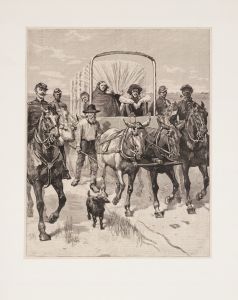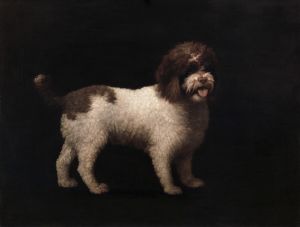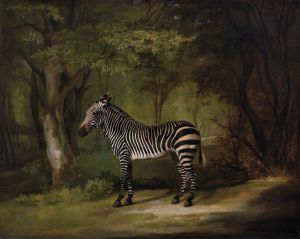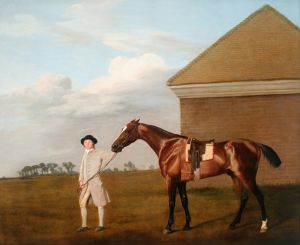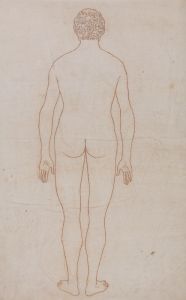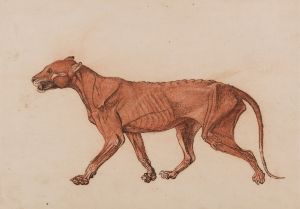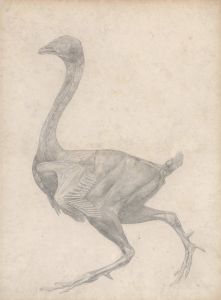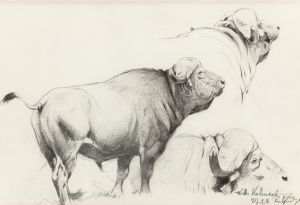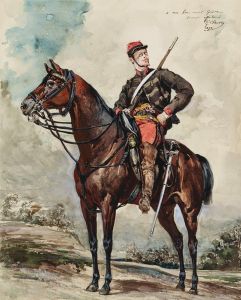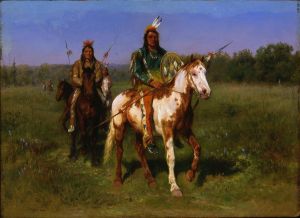
Turf, with Jockey up, at Newmarket
A hand-painted replica of George Stubbs’s masterpiece Turf, with Jockey up, at Newmarket, meticulously crafted by professional artists to capture the true essence of the original. Each piece is created with museum-quality canvas and rare mineral pigments, carefully painted by experienced artists with delicate brushstrokes and rich, layered colors to perfectly recreate the texture of the original artwork. Unlike machine-printed reproductions, this hand-painted version brings the painting to life, infused with the artist’s emotions and skill in every stroke. Whether for personal collection or home decoration, it instantly elevates the artistic atmosphere of any space.
Turf, with Jockey up, at Newmarket is an oil painting by the renowned British artist George Stubbs, widely regarded as one of the greatest equine painters in art history. Created in 1766, the work exemplifies Stubbs's mastery in depicting horses with anatomical precision and lifelike detail, a skill that earned him significant acclaim during his career.
The painting portrays a racehorse named Turf, shown with a jockey mounted on its back, set against the backdrop of Newmarket, a town in Suffolk, England, famously associated with horse racing. Newmarket was, and remains, a central hub for the sport, and Stubbs's choice of location reflects the cultural importance of horse racing in 18th-century Britain. The composition captures the elegance and athleticism of the horse, emphasizing its muscular structure and poised stance. Stubbs's meticulous attention to detail is evident in the rendering of the horse's anatomy, the jockey's attire, and the naturalistic landscape.
George Stubbs (1724–1806) was celebrated for his scientific approach to painting animals, particularly horses. His studies of equine anatomy, which included dissections and detailed anatomical drawings, informed his ability to depict horses with unparalleled accuracy. This dedication to realism set him apart from his contemporaries and established his reputation as a leading figure in British art.
The painting is also notable for its historical context. During the 18th century, horse racing was a popular pastime among the British aristocracy and gentry, and thoroughbred horses were highly prized. Paintings of racehorses, often commissioned by wealthy patrons, served as a way to commemorate victories and showcase the owner's status. While specific details about the commissioning of Turf, with Jockey up, at Newmarket are not widely documented, it is consistent with Stubbs's body of work, which frequently included equestrian subjects commissioned by prominent figures of the time.
The work is part of Stubbs's broader oeuvre, which includes other notable equestrian paintings such as Whistlejacket and Mares and Foals in a Landscape. These works collectively highlight Stubbs's ability to combine artistic skill with scientific observation, making him a pivotal figure in the history of animal painting.
Today, Turf, with Jockey up, at Newmarket is recognized as an important example of Stubbs's contribution to British art and his role in documenting the cultural significance of horse racing in the 18th century. The painting is held in a private collection, and its exact provenance and exhibition history are not extensively recorded in public archives.





